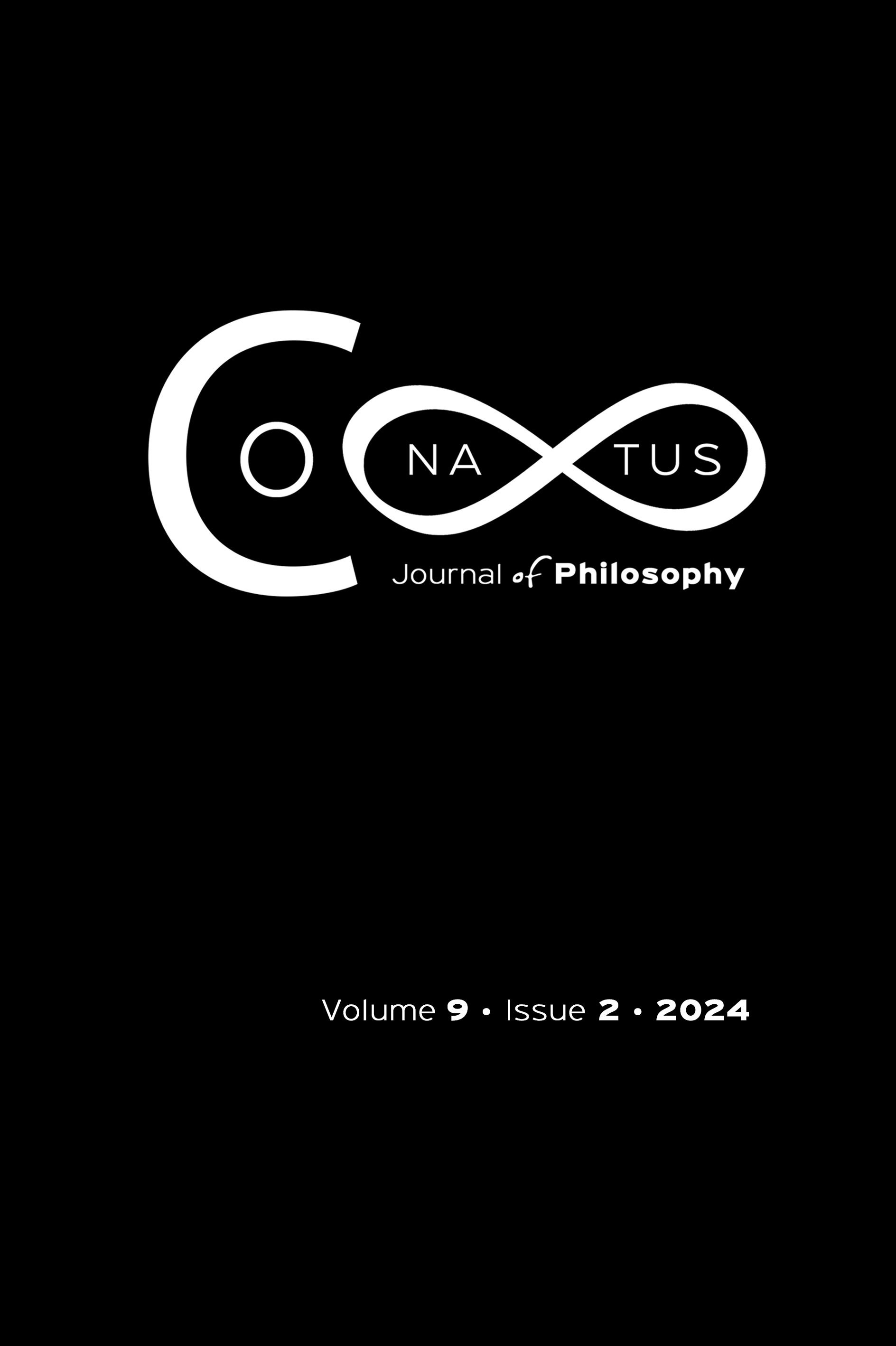An Encompassing, Normative Philosophy of Design: The Theory of Responsive Cohesion
Аннотация
Design is concerned with the ways in which we deliberately seek to arrange, organize, or structure things. From a philosophy of design perspective, the practice of design raises fundamental questions about the basic ways in which things can and should be organized. I advance a tripartite schema of the basic ways in which things (anything at all) can be organized and offer a triangular model of the “organization space” or “design space” they define. I refer to these three basic forms of organization as “responsive cohesion,” “fixed cohesion,” and “discohesion,” and offer three reasons why responsively cohesive forms of organization are more valuable than the other two; indeed, the other two forms of organization are typically disvaluable. Beyond focusing on the value of individual instances of responsive cohesion, I further consider the fact that every responsively cohesive item exists within a wider context(s), which may itself tend more towards fixed cohesion, responsive cohesion, or discohesion. This raises a number of further issues; for example, what should we do if a responsively cohesive item clashes with – is discohesive with – its responsively cohesive context? I advance a normative theory of contexts to sort out these kinds of issues. In the context of this discussion, I briefly consider a range of other ideas that bear a family resemblance to the idea of responsive cohesion and indicate, equally briefly, why the theory of responsive cohesion approach is superior to these other approaches. I conclude with some guidance on how we can implement the ideas advanced here (“we” because we all design things in our own way) and then, more specifically, on the implications of these ideas for the professional designer-client relationship.
Article Details
- Как цитировать
-
Fox, W. (2024). An Encompassing, Normative Philosophy of Design: The Theory of Responsive Cohesion. Conatus - Journal of Philosophy, 9(2), 23–43. https://doi.org/10.12681/cjp.37034
- Раздел
- Articles

Это произведение доступно по лицензии Creative Commons «Attribution-NonCommercial» («Атрибуция — Некоммерческое использование») 4.0 Всемирная.
Authors who publish with this journal agree to the following terms:
Authors retain copyright and grant the journal right of first publication with the work simultaneously licensed under a Creative Commons Attribution Non-Commercial International License (CC BY-NC 4.0) that allows others to share the work with an acknowledgement of the work's authorship and initial publication in this journal.
Authors are able to enter into separate, additional contractual arrangements for the non-exclusive distribution of the journal's published version of the work (e.g. post it to an institutional repository or publish it in a book), with an acknowledgement of its initial publication in this journal.
Authors are permitted and encouraged to post their work online (preferably in institutional repositories or on their website) prior to and during the submission process, as it can lead to productive exchanges, as well as earlier and greater citation of published work.






